Tektronix 321 A User manual
Other Tektronix Test Equipment manuals
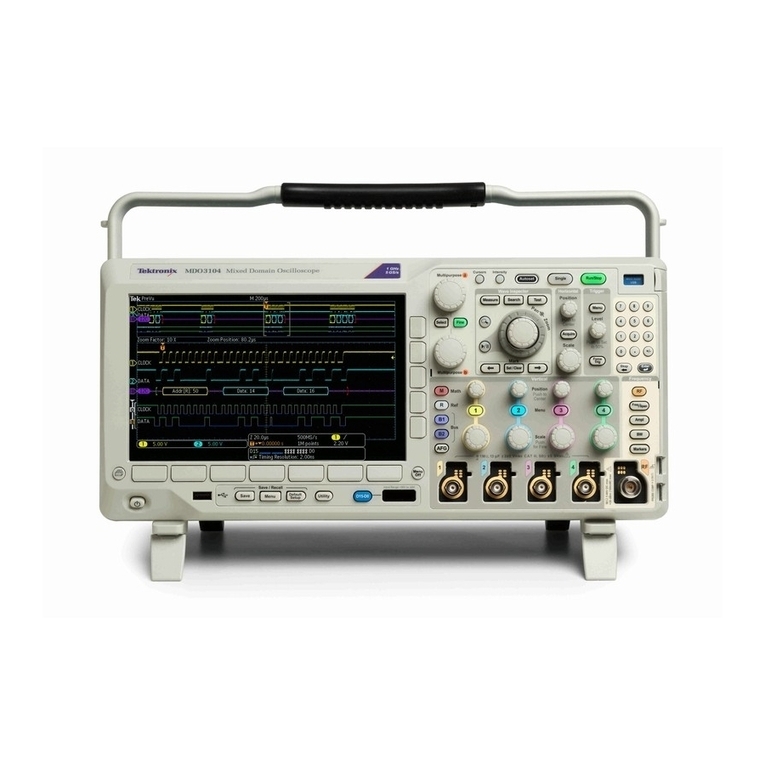
Tektronix
Tektronix MDO3104 User manual
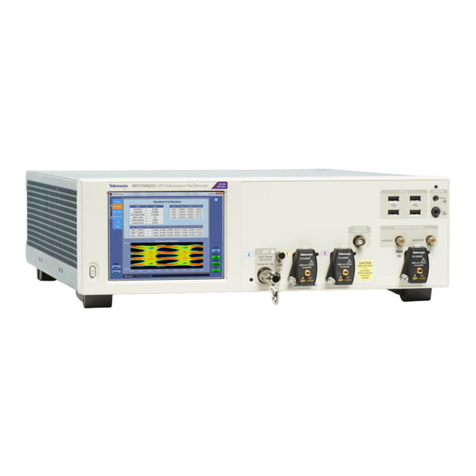
Tektronix
Tektronix DPO70000SX Series User guide
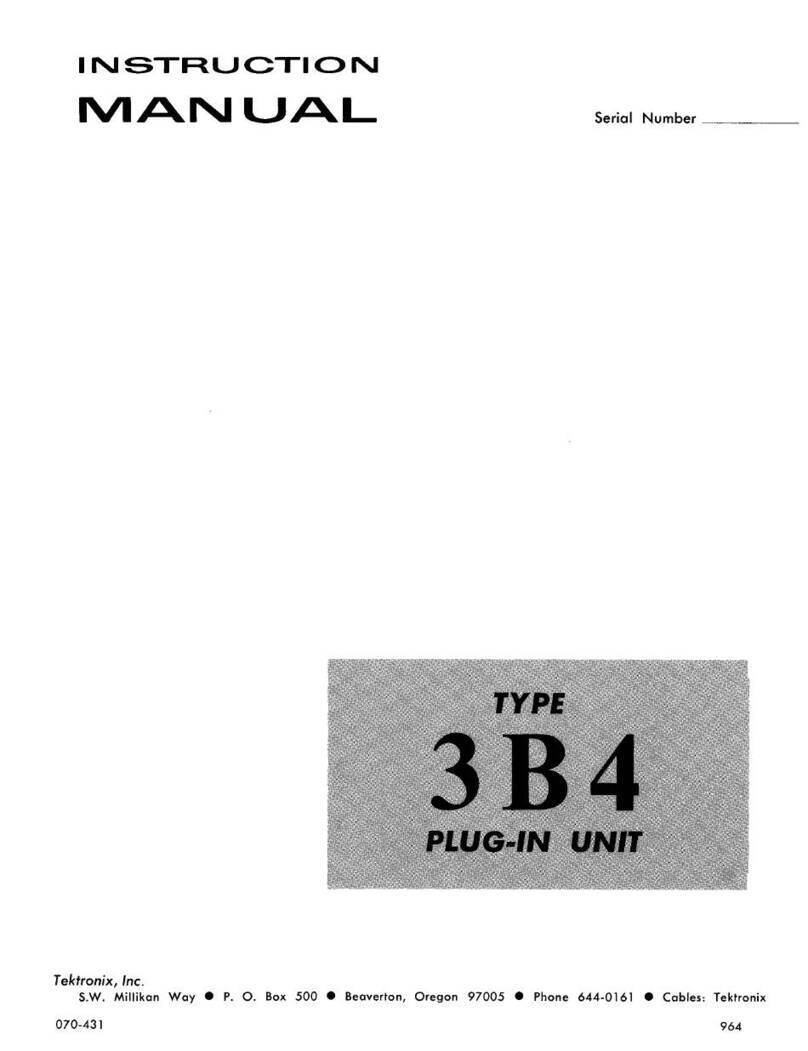
Tektronix
Tektronix 3B4 User manual

Tektronix
Tektronix 3A74 User manual

Tektronix
Tektronix DPO70000C/DX User manual

Tektronix
Tektronix TCP0150 User manual
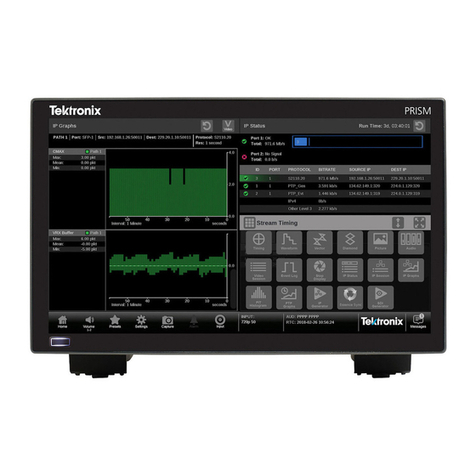
Tektronix
Tektronix PRISM User manual

Tektronix
Tektronix TDS 684A User manual
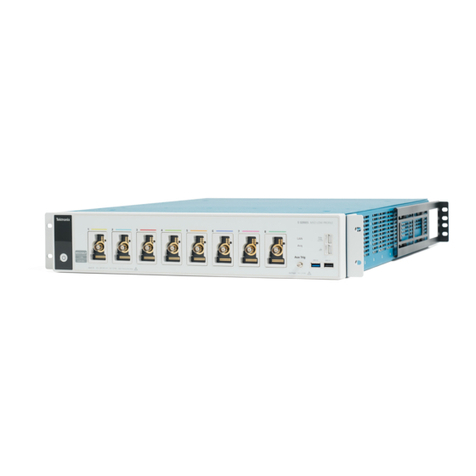
Tektronix
Tektronix MSO 5 Series User guide

Tektronix
Tektronix MTS400 Series User manual
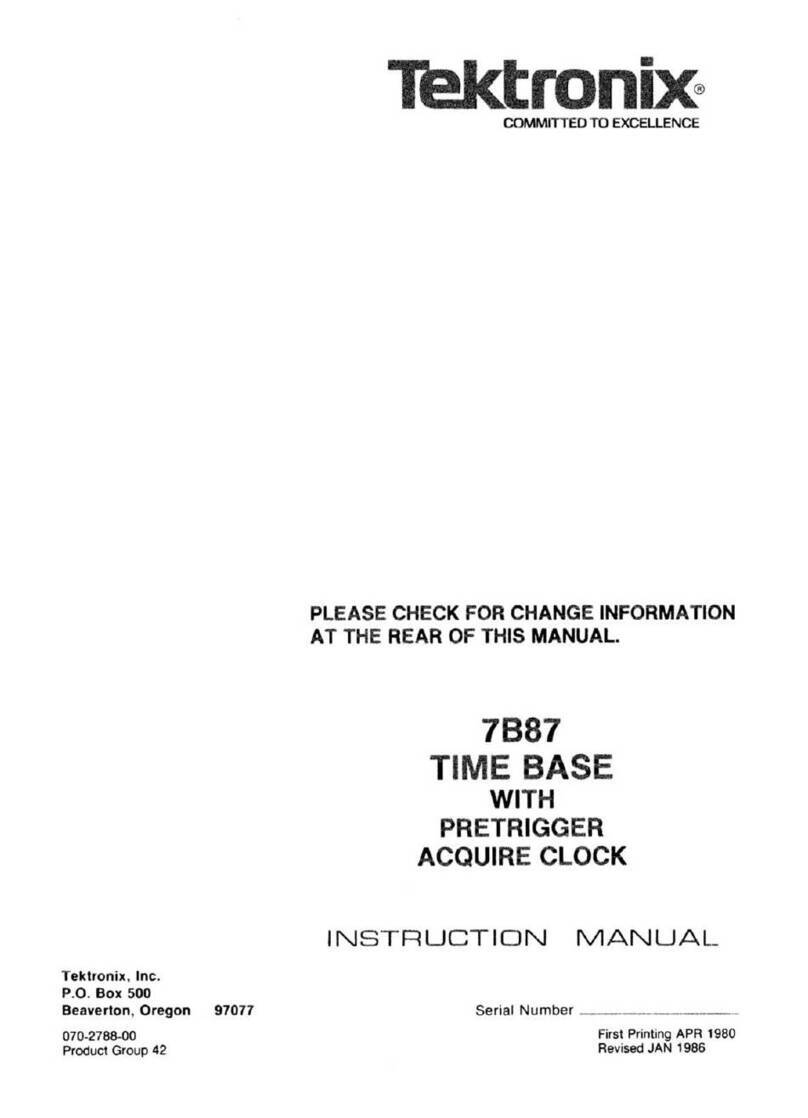
Tektronix
Tektronix 7B87 User manual

Tektronix
Tektronix 200 Series User manual

Tektronix
Tektronix 2232 User manual

Tektronix
Tektronix MSO4000 Series Use and care manual
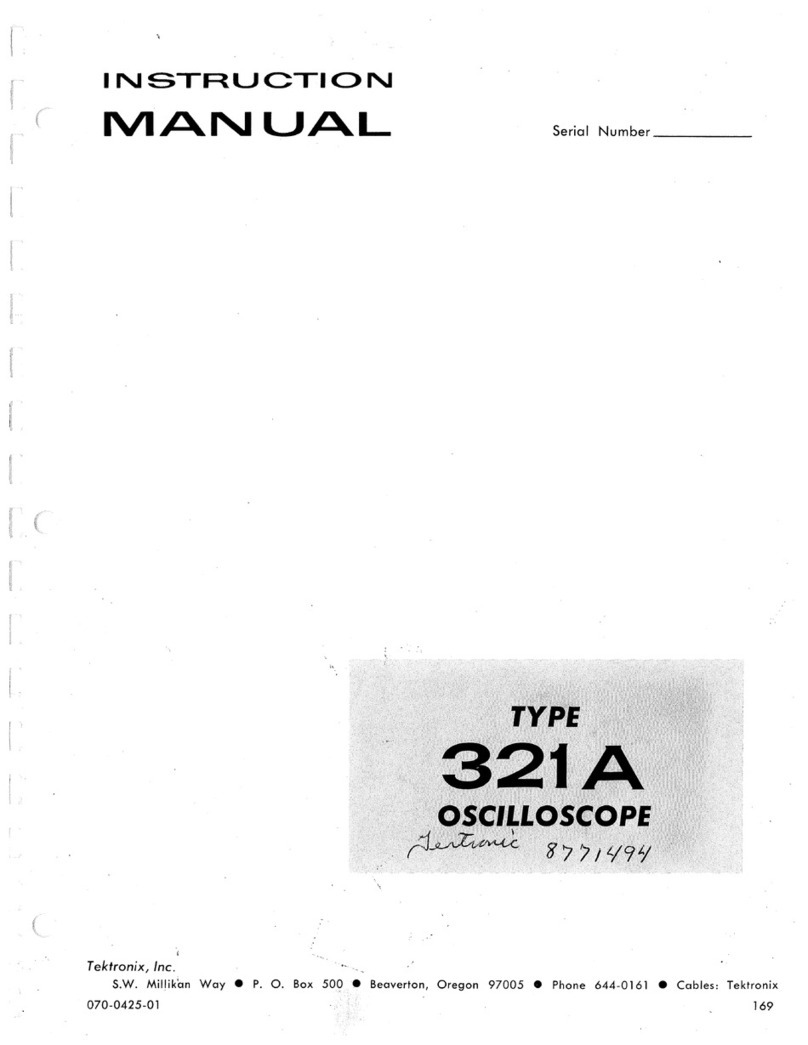
Tektronix
Tektronix 321 A User manual
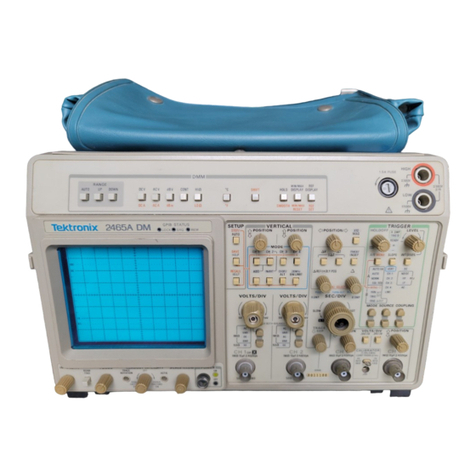
Tektronix
Tektronix 2465A User manual
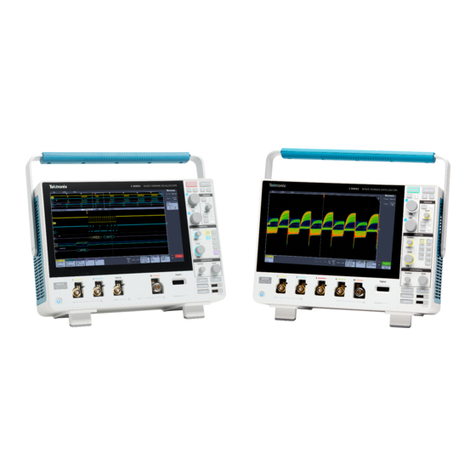
Tektronix
Tektronix MDO34 User guide
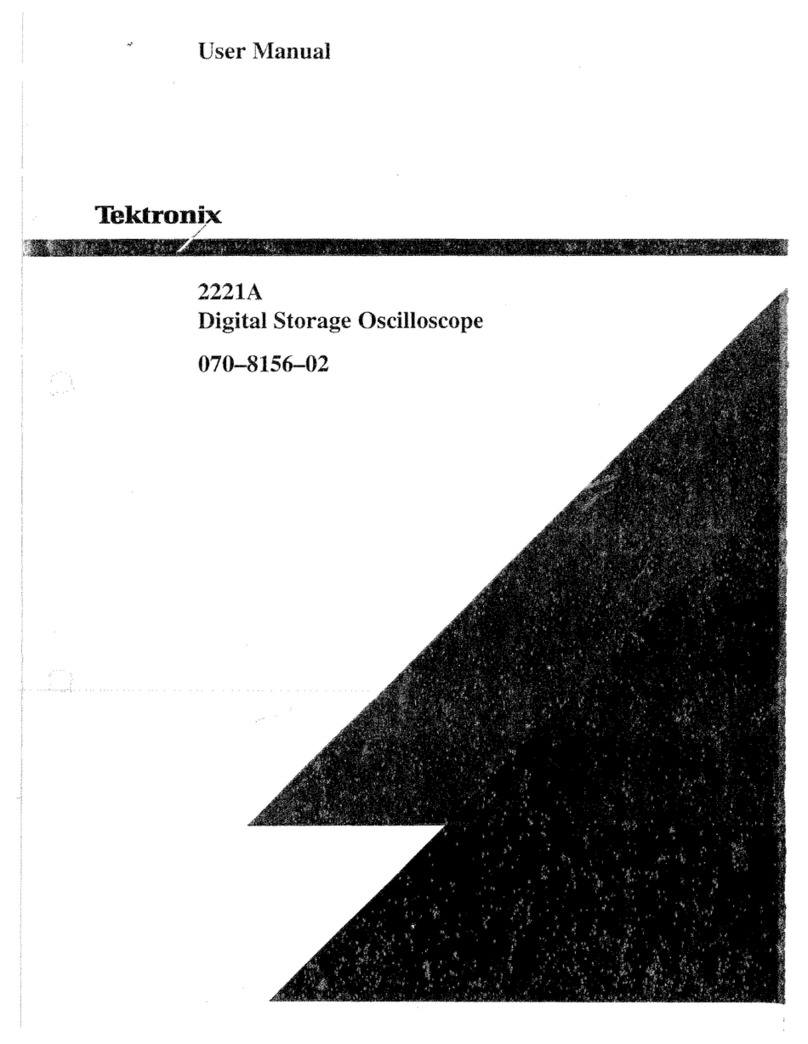
Tektronix
Tektronix 2221A User manual

Tektronix
Tektronix TDS 520 User manual
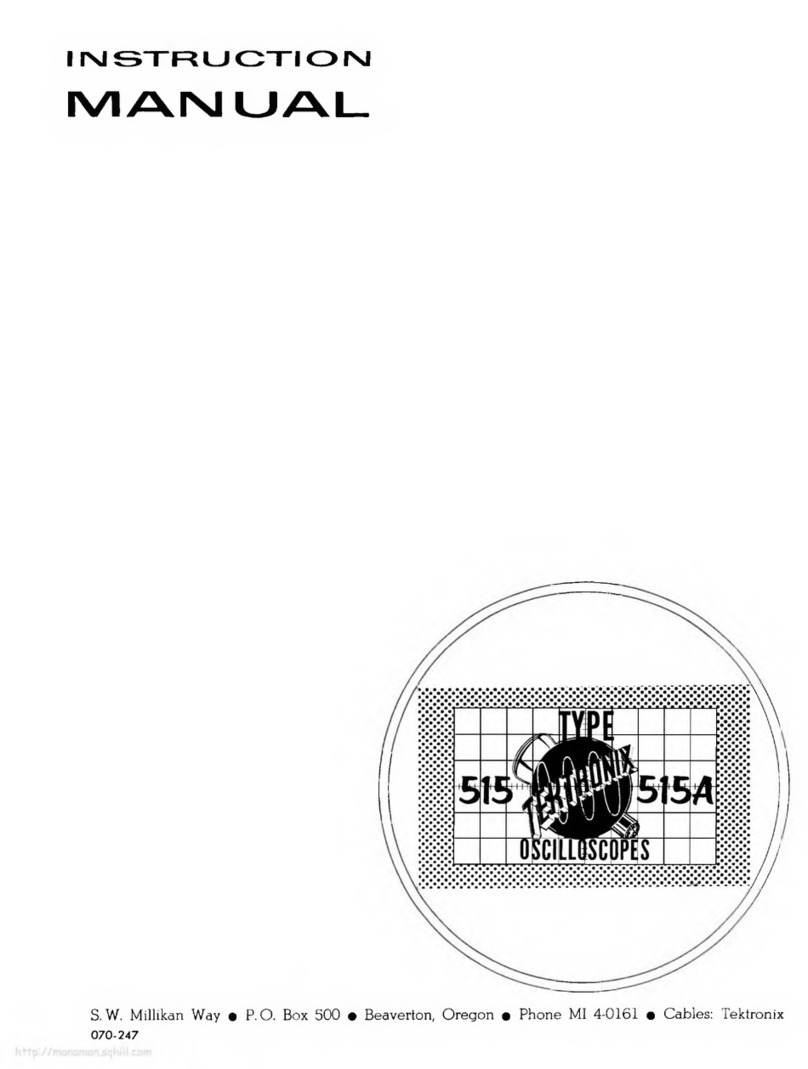
Tektronix
Tektronix 515 User manual
Popular Test Equipment manuals by other brands

Redtech
Redtech TRAILERteck T05 user manual

Venmar
Venmar AVS Constructo 1.0 HRV user guide

Test Instrument Solutions
Test Instrument Solutions SafetyPAT operating manual

Hanna Instruments
Hanna Instruments HI 38078 instruction manual

Kistler
Kistler 5495C Series instruction manual

Waygate Technologies
Waygate Technologies DM5E Basic quick start guide

StoneL
StoneL DeviceNet CK464002A manual

Seica
Seica RAPID 220 Site preparation guide

Kingfisher
Kingfisher KI7400 Series Training manual

Kurth Electronic
Kurth Electronic CCTS-03 operating manual

SMART
SMART KANAAD SBT XTREME 3G Series user manual

Agilent Technologies
Agilent Technologies BERT Serial Getting started



















